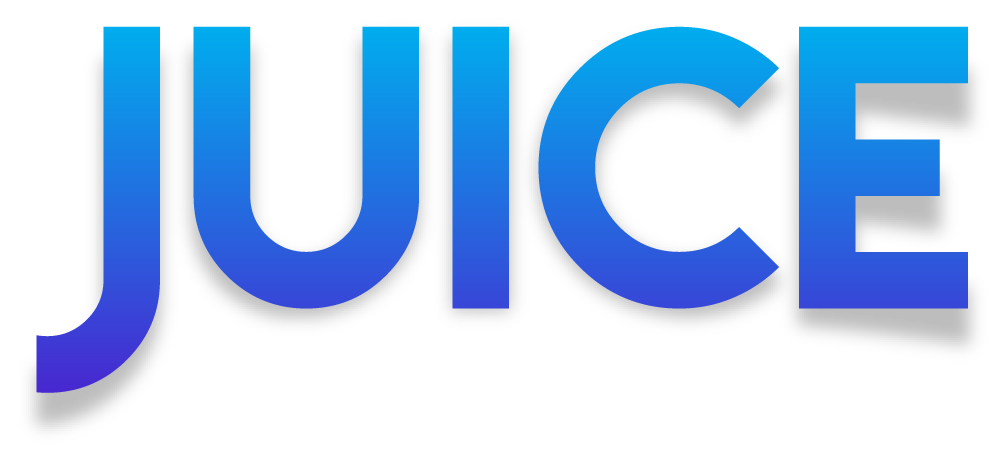As a business owner, one of your goals is to keep your employees happy. Because happiness has a direct influence on the productivity of your employees. One of the factors that influence the happiness of your employees is that they receive their correct wages on time.
There are various options for paying employees: cash, check, direct deposit, and payout cards/paycards. Which one to choose depends on your type of business. This guide will help you to understand the different benefits and the downsides of every type.
Cash
There are a lot of misunderstandings about paying employees cash. For example, some might think that receiving their wage cash, they are getting paid under the table. But that’s not true, paying employees cash is legal if the business follows the employment laws: withholding taxes and other deductions from the wage. And contributing to the employment taxes.
Paying employees with cash means that you should keep a thorough record of it. If you ever get audited, you will need records of all employee pay, tax payments, and payments toward other deductions and benefits.
You also need to make sure that your employees have access to pay stubs so that they can see their net pay; gross pay and deductions.
Check
Checks can be handwritten or can be printed. Handwritten checks take time, but for a small business, this can be a good option. Printed checks are a faster option, but you will need the necessary equipment to print them.
The biggest benefit is that employees don´t need a bank account to get their money. They can go to a check-cashing service where they can cash in their check. The disadvantage is that they most probably will need to pay an additional fee.
The problem with checks is that they might get stolen or lost. If this happens, a company can void the check and issue a new one. Every loss must be recorded in the payroll records so that the employee´s wages are recorded accurately and so that taxes are paid correctly.
Direct deposit
The third option that we will compare is the most commonly used payment method in the U.S., 82% of workers receive their pay this way. We are talking about direct deposit. A direct deposit means that money is transferred from the company´s account to the employee’s bank account.
This option implies that all workers need to have a bank account. If not, they won´t be able to receive their pay. And so, the company will need to provide another payment option for these employees.
Per transaction, a bank will charge additional costs: transaction fees and initial setup fees. And if you will need to speed up the process, the bank can add increased fees. These costs differ from bank to bank.
Payout cards
A payout card is a reloadable prepaid card that you load your employees’ wages on. This card can be used as a debit card, which can be used to buy things in-store, online, and withdraw money from the ATM.
A big benefit is that employees don’t need a bank account to use them. Money is transferred from your business bank account and automatically loaded onto these cards.
Another benefit is that payroll cards can be loaded from a computer or even a mobile phone. This fast way of payment saves a business owner a lot of time.
Juice Banking is a payroll card provider for business owners. These cards can be fitted with your own logo, which helps in promoting your business. Payroll cards imply some additional costs, associated with the pay card you choose. Juice For Business has a clear and easy-to-understand fee system. To understand our pricing, you can find more information here.

